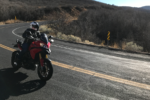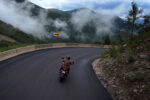Why Riders Crash: 7 Mistakes That Lead to Motorcycle Accidents
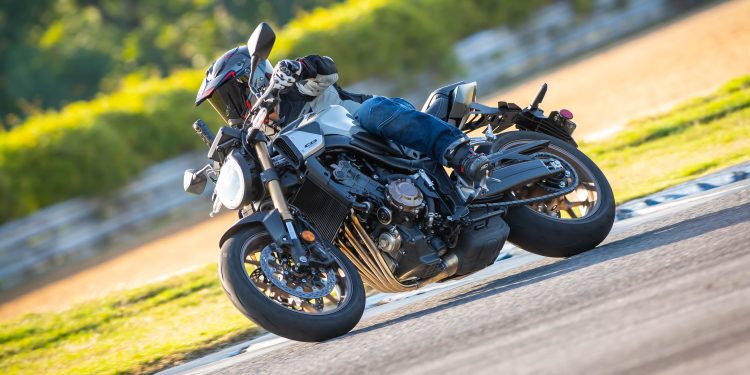
Let’s talk about crashing—or better yet, how not to crash. Because honestly, it’s the last thing any rider wants. Crashes are expensive, painful, and often life-changing. But rather than pointing fingers at crash videos or blaming poor conditions, let’s focus on why riders crash and how you can stay safe by avoiding the common traps that lead to wrecks.
1. Loss or Lack of Focus
Even experienced riders zone out. I almost ran off the road in Oregon once because I was distracted by route planning instead of focusing on the road. Decreasing-radius corners, crumbly asphalt, bad visibility—none of that caused the near-miss. My lack of focus did.
Fix it: Before riding, take a breath. Get mentally centered. While riding, talk to yourself—say your mantra out loud. One of mine? “FOCUS.” It works. Incidentally, “FOCUS” is also a coupon code for Yamaha Champ School courses. No kickbacks, just a great deal on great training.
2. Abruptness
Too many riders “whack” the throttle, “hit” the brakes, or “flick” the bike. These violent inputs can destabilize the bike, especially in critical moments.
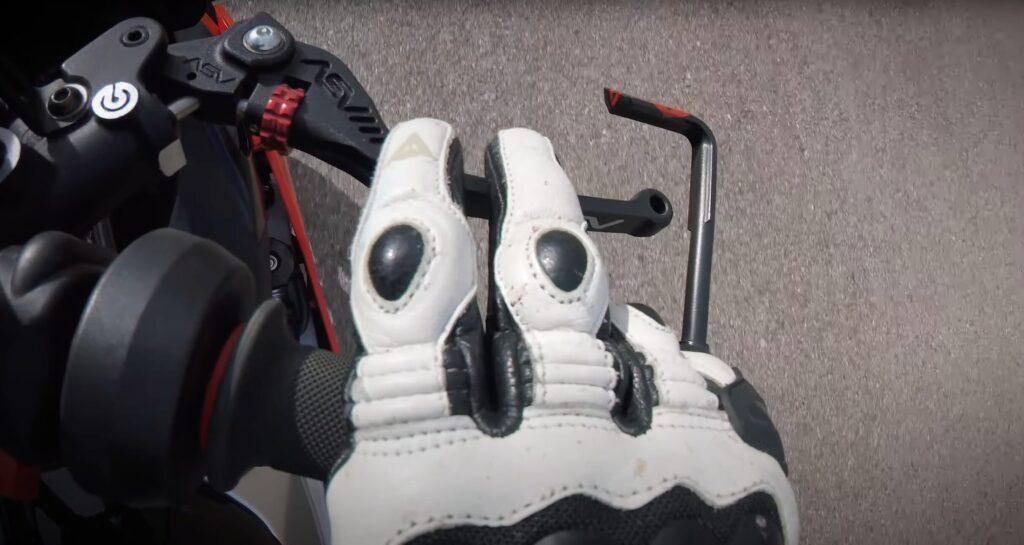
Fix it: Think in terms of smoothness. Focus on the first and last 5% of every control—braking, throttle, and steering. Practice gently squeezing and easing off the brakes, especially in a safe space like your garage. Control isn’t about aggression—it’s about precision.
3. Rushing Corners
Many riders think speed comes from charging into a corner hard and fast. That’s a myth. Rushing corners leads to excessive lean, poor exit setups, and increased risk.
Fix it: Brake earlier, longer, and with less pressure. Focus on getting the bike out of the corner with speed, not diving into it recklessly. Your goal should be smooth exits, not dramatic entries.
4. Repeating Mistakes
I used to overcook corners at the track and kept trying to fix it by pushing harder and leaning more. That didn’t work. Eventually, I ran off the track. Luckily, it was just a bruised ego.
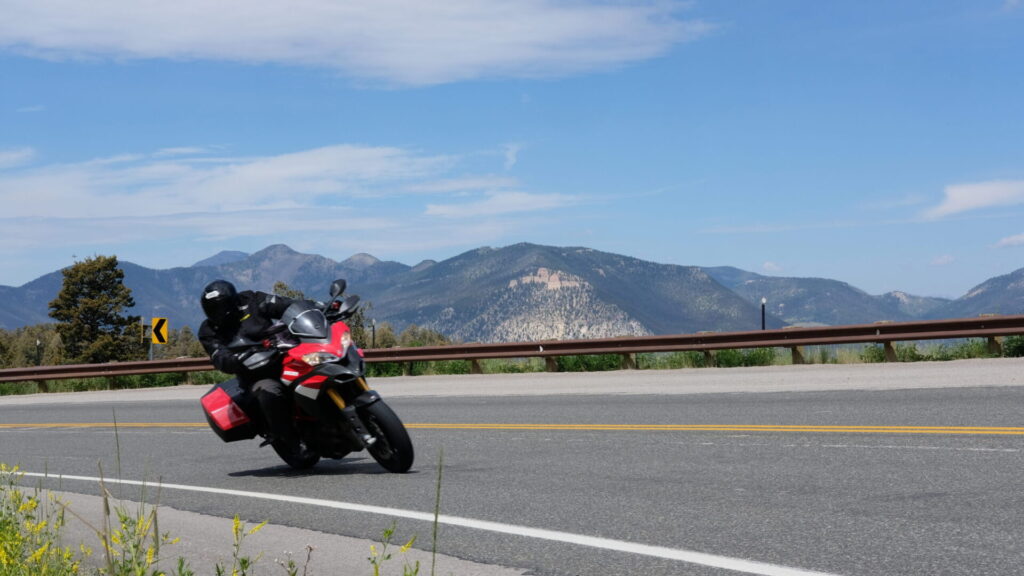
Fix it: Learn from your mistakes. Don’t keep doing the same thing hoping for a different result. Analyze what went wrong, adjust, and improve. Einstein’s definition of insanity applies here.
5. Cold, Worn, or Underinflated Tires
Tires need heat—about 150°F (65°C)—to grip properly. On cold days or with bad tire pressure, your traction is severely compromised.
Fix it: Give your tires time to warm up before pushing hard. Check pressure regularly and replace worn tires. Champ School has a great video on this, and I highly recommend checking it out.
6. Overconfidence
Confidence is good. Overconfidence? Dangerous. Whether it’s your skill level or thinking you can “ride around” a mechanical issue, overconfidence clouds judgment.
Fix it: Stay humble. Know your limits and respect the risks. If you’ve got a story about when overconfidence bit you—drop it in the comments. We’ve all been there.
7. Failure to Adapt
Conditions change. Roads get wet, corners tighten unexpectedly, obstacles appear. If you can’t adapt, you’re at risk.
Fix it: Always ride with the assumption that you’ll need to make adjustments—whether it’s your line, speed, or lean angle. Never commit blindly to the perfect line. Flexibility is key to survival.
Don’t Learn the Hard Way
There’s a popular saying in skiing: “If you’re not falling, you’re not learning.” That might work in the snow, but on a 100+ horsepower motorcycle, falling can be fatal.
Learning from failure assumes you fully understand the variables at play. Most riders don’t. That’s why your learning path should be progressive and measurable:
- Start with theory and fundamentals
- Apply proper technique
- Practice best practices until they become second nature



